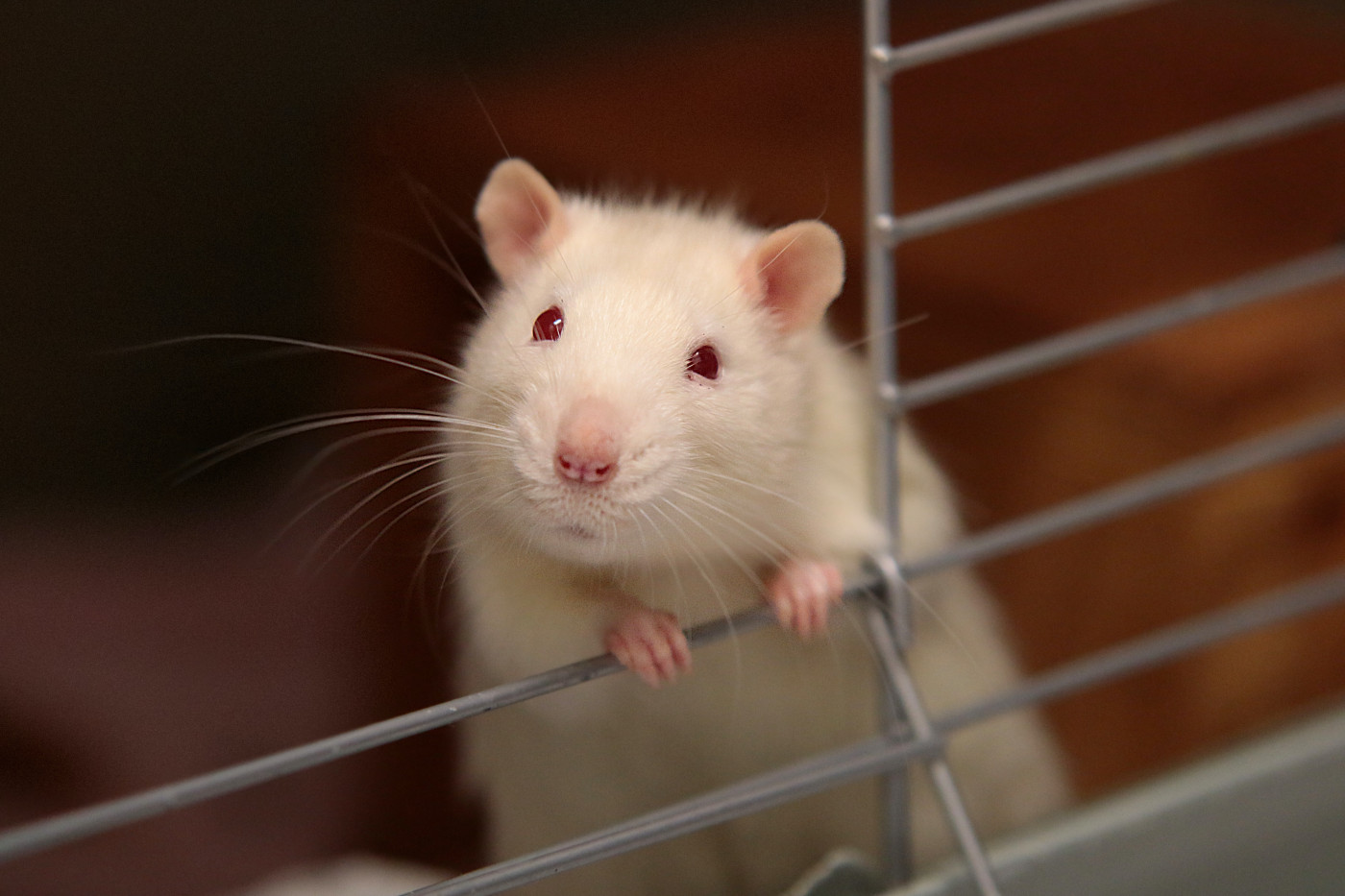New Rat Model Of Angelman Syndrome Might Advance Search for Therapies

A new rat model of Angelman syndrome (AS) involves complete deletion of the maternal UBE3A gene, which causes multiple behavioral and neurological abnormalities. This model could be useful for better understanding AS and for testing new therapies.
The study, “Translational outcomes in a full gene deletion of ubiquitin protein ligase E3A rat model of Angelman syndrome,” was published in Translational Psychiatry.
AS is caused by a lack of a functional UBE3A (ubiquitin protein ligase E6-AP) gene inherited from the female parent due to the deletion of a specific part of this gene. A copy is inherited from the male parent, too, but it is not normally expressed (active) in the central nervous system (CNS) due to a process called genetic imprinting. As such, a lack of functional maternal UBE3A results in an overall lack of UBE3A protein in the CNS.
Mouse models of AS have been developed previously. However, these models typically use a deletion of a smaller portion of the UBE3A gene. Because different forms of the UBE3A gene exist (which give rise to slightly different forms of the UBE3A protein) these mouse models have led “to a lack of consistent reports and the theory that perhaps not all mouse studies were assessing the effects of an absence of all functional UBE3A [protein forms],” the researchers wrote.
The new study describes a model of AS generated by deleting the full maternal UBE3A gene in rats. In addition to mitigating the above problem of the particular underlying genetics, a rat model of AS offers advantages over a mouse model because rat social behavior is somewhat more “human-like” than mouse behavior. For example, the vocalizations that rats use to communicate with each other are more complex than those used by mice.
The model was generated using a CRISPR-Cas9 gene-editing system, which allows genes to be cut at any desired location — a tailor-made genetic modification.
Multiple molecular tests confirmed the deletion of the maternal UBE3A gene and the corresponding lack of UBE3A protein.
As pups, the rats lacking maternal UBE3A (model rats) were significantly less vocal than wild-type rats or rats lacking paternal UBE3A, suggesting communication deficits at an early age.
These communication deficits persisted as the rats grew older; juvenile model rats were significantly less responsive to recordings of pro-social rat vocalizations than wild-type rats.
The model rats also showed evidence of motor deficits, in both gross and fine motor abilities. For instance, they were less likely to engage in climbing behaviors than wild-type rats, and when a sticker was placed on the rats, it took model rats longer to remove it than wild-type rats.
Furthermore, the model rats performed significantly worse in tests of learning and memory.
Magnetic resonance imaging (MRI) of the rats’ brains revealed a trend for model rats having smaller brains than wild-type rats; however, this did not reach statistical significance. That means it is possible the difference was random.
“Our report describes, for the first time, a novel model for Angelman syndrome that exhibits translationally relevant functional behavioral and anatomical outcomes resulting from a full deletion of Ube3a,” the researchers concluded. “The data presented are therefore highly relevant and important for the advancement of testing genetic and pharmacological therapeutics for Angelman syndrome.”






